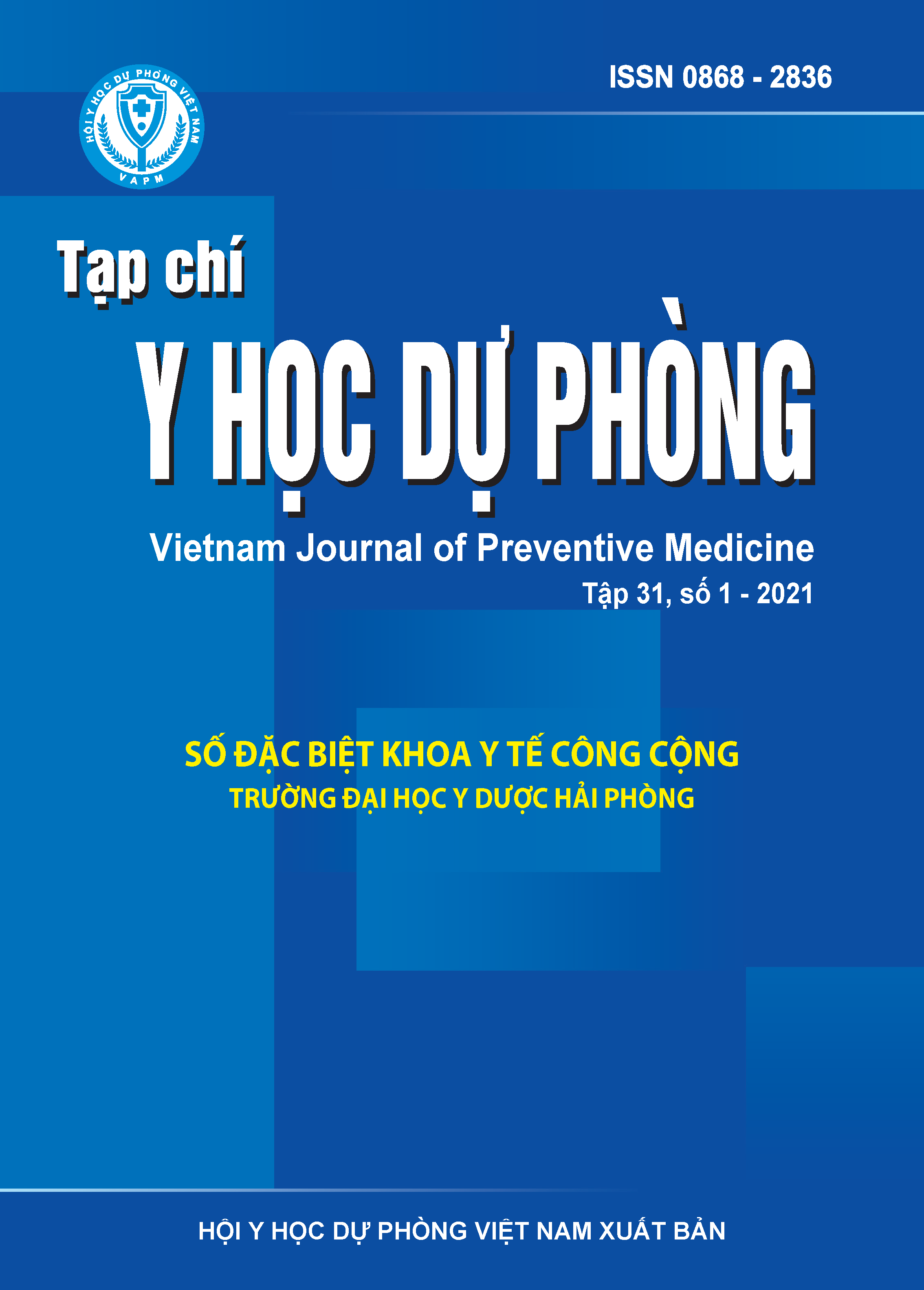The use of antibiotics in patients with positive bacterial sputum specimens in Hai Phong International Hospital 2019
DOI:
https://doi.org/10.51403/0868-2836/2021/62Keywords:
Use of antibiotics, specimen of sputum, antibiotic resistanceAbstract
The study retrospective data from medical records aimed to describe the use of antibiotics in patients with positive bacterial
sputum specimens and the reasonable use of antibiotics at Hai Phong International hospital in 2019. The results showed that: Out of a total of 104 medical records, the etiology of K. pneumoniae accounted for the highest percentage (18.3%). The susceptibility rate of K. pneumoniae to carbapenem, cephalosporin and aminoglycoside antibiotics is high, over
70%. Antibiotics used in treatment include 5 groups, beta - lactam group is used the most (53.9%), of which ceftazidime has the highest number of indications, accounting for 34.3%. Antibiotic regimen using only ceftazidime (83.7%), the most used combination regimen is ceftazidim + ciprofloxacin (55.7%). The appropriate antibiotic dose accounted for 93.2%, the inappropriate dose accounted for a small proportion (6.8%). The proportion of patients with antimicrobial spectrum matching
regimen was high (91.3%), and the rate of nonconforming was low (8.7%). Irrational use of antibiotics in terms of antibacterial spectrum and dose leads to unchanged treatment effect or 16.5 times worsening compared to the group using appropriate antibiotics.
Downloads
Downloads
Published
How to Cite
Issue
Section
License
Publication License No 150/GP-BTTTT signed on May 8, 2014;
Electronic Publication License No 322/GP-BTTTT signed on June 15, 2016.


